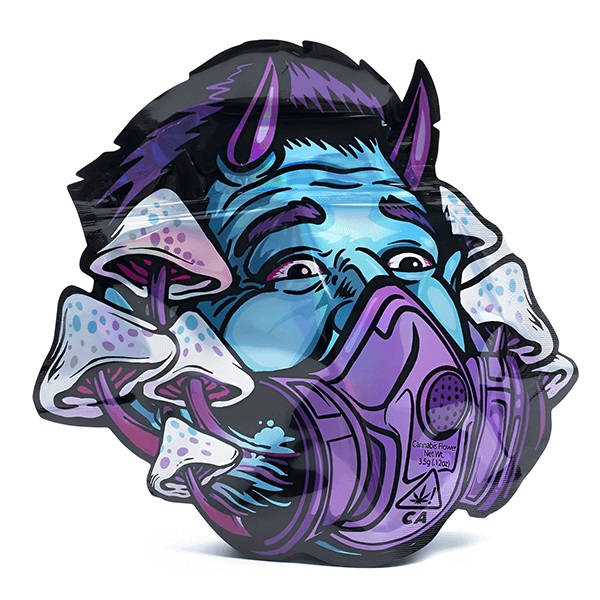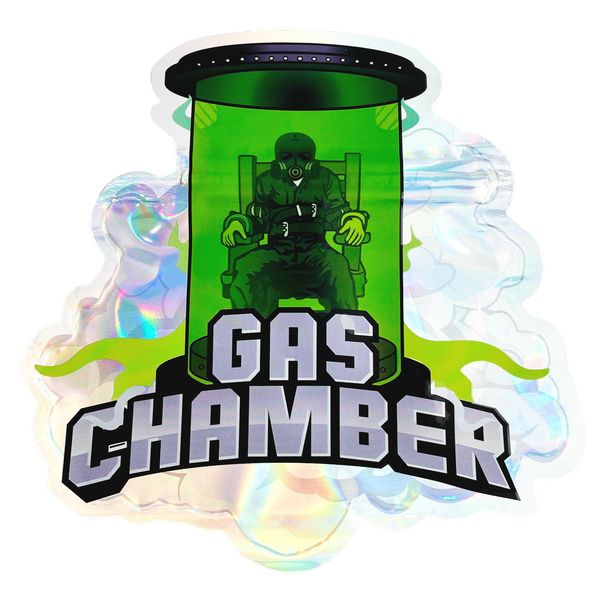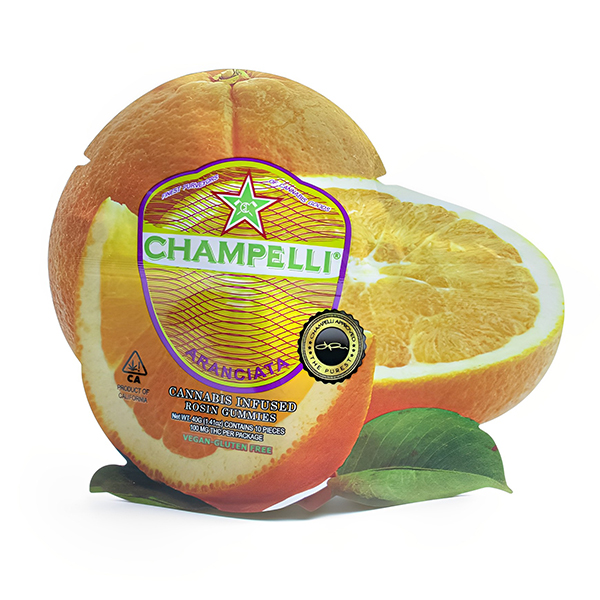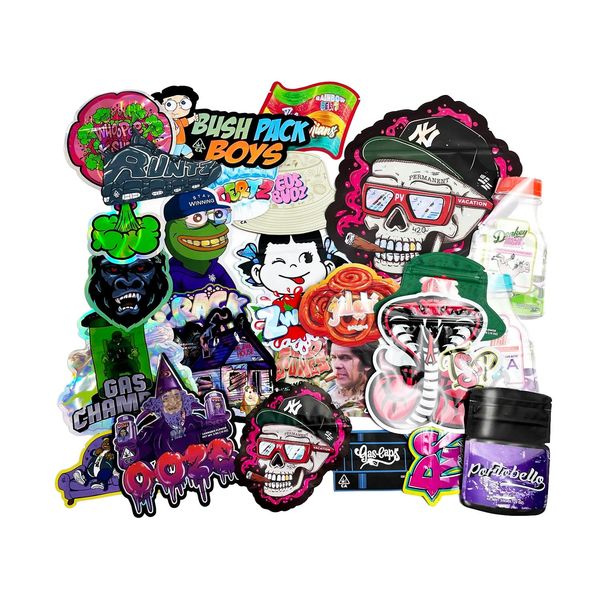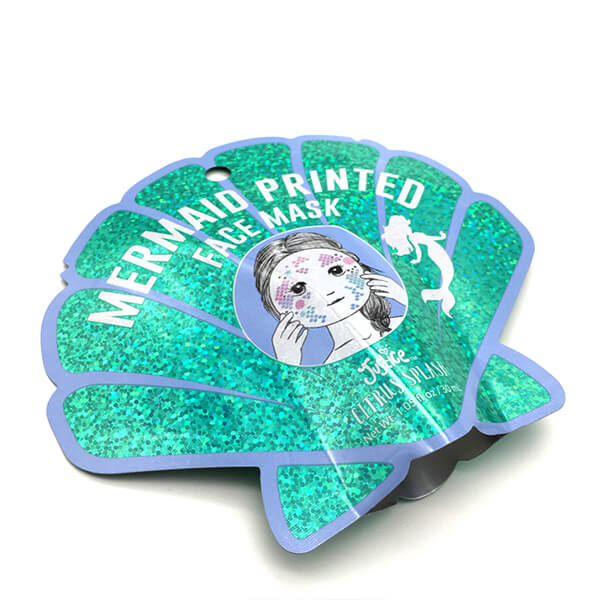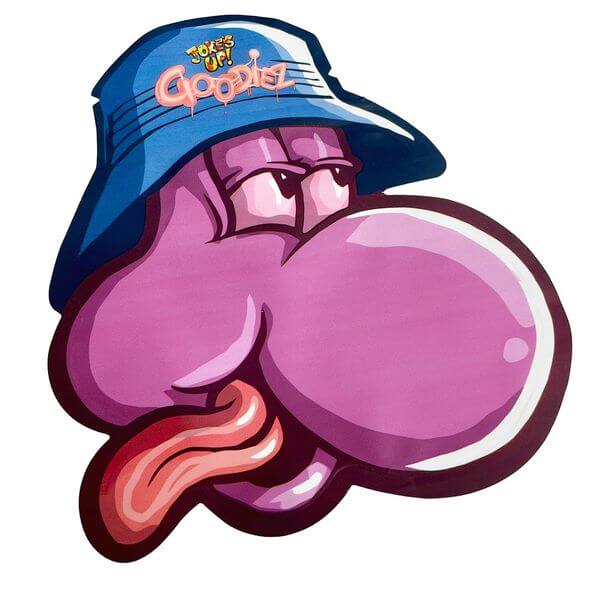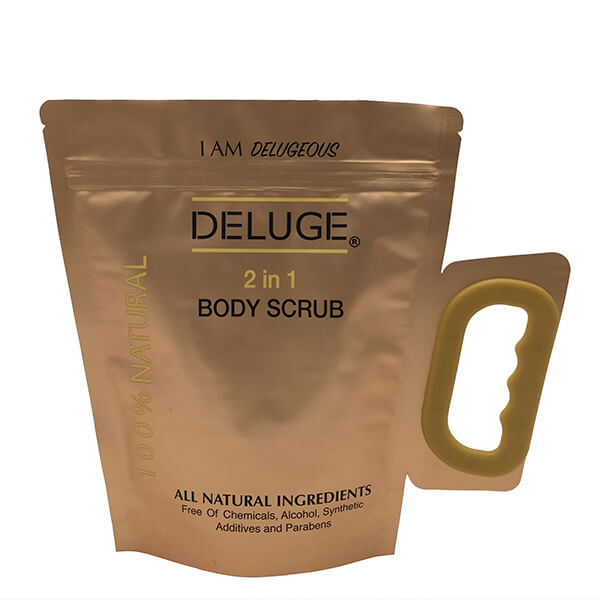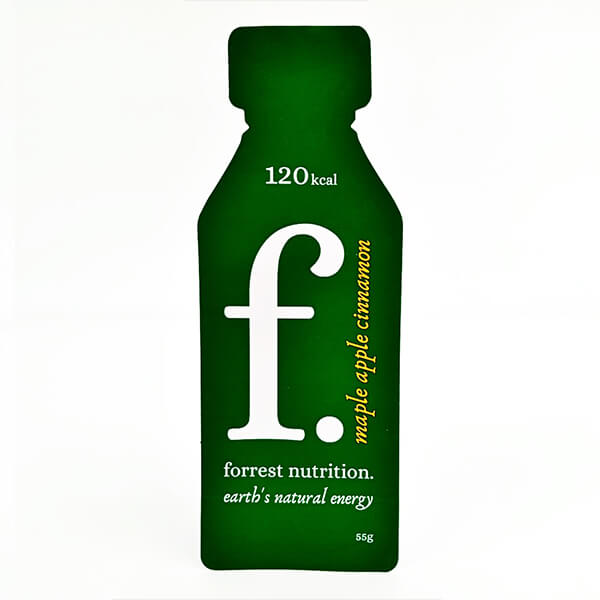Home » Bags & Pouches » Shaped Pouches » Bottle Shaped Pouch
Bottle Shaped Pouch
Bottle shaped pouch offers a guarantee to stand out on the retail shelf.
Please note that we have a MOQ for our pouch. For pouches in stock, the MOQ is 500 pcs. For customized pouches, please see the MOQ as followed:
1, Digital Printing — 500 pcs
2, Gravure Printing — 5,000pcs
Rinpac assists you throughout your project: bag shape, material, thickness, capacity and printing options. Please contact us or mark your requirements on the inquiry quotation.
Order single or thousands of items at a time. Our warehouse and flexible shipping options are available for last-minute, deadline critical orders.
- Free Sample
*Customization is always available, please mark down your need in cart or just contact us.
Specification
| Size | Custom sizes.It depends on your requirement. |
| Structures/Materials | Custom materials.PET / FOIL / POLY, PET / POLY, PET / MET PET / POLY,etc. |
| Thickness | 50Mircons-200Mircons (2Mil-8Mil) |
| Function | Punch Hole, Handle, Ziplock, Spout |
| Printing | Glossy Vanishing, Matte Finishing, Soft Touch, Hot Stamping |
| Optional Features | Degassing Valve / Ziplock / Foil Tie / Clear Window |
| Technical | Apouch which is irregular in shape.Designed to stand out from the competition.Can be designed to customer shape requirement(\”within specification).Can use special finishes to enhance the design,with options of adding zippers and hang-sell features. |
| Application | Confectionery -(Candy,Chocolates,Fruit Chews)Liquid-(Fruit Juice,Sauces,Energy Drink) Novelty,Seasonal items |
Video
Request A Quote
Need something helped in a short time? We’ve got a plan for you.
Wholesale Bottle Shaped Pouch From Rinpac In China
Bottle-shaped pouches have revolutionized the packaging industry, offering a unique and convenient solution for various products. In China, Rinpac stands out as a leading manufacturer of wholesale bottle-shaped pouches, providing exceptional quality and customization options for businesses worldwide.
Introduction to Wholesale Bottle Shaped Pouches
Bottle-shaped pouches, also known as stand-up pouches, are innovative packaging solutions designed to mimic the shape of traditional bottles while offering the flexibility and convenience of pouch packaging. These pouches come with a bottom gusset that allows them to stand upright on shelves, making them ideal for displaying products attractively.
Benefits of Using Bottle Shaped Pouches
Versatility in Packaging
One of the key advantages of bottle-shaped pouches is their versatility in packaging various products, including liquids, powders, and solids. Whether you’re packaging beverages, snacks, or personal care products, these pouches provide a convenient and efficient solution.
Cost-Effectiveness
Compared to traditional rigid packaging such as glass bottles or jars, bottle-shaped pouches offer significant cost savings. The lightweight and flexible nature of pouches reduce transportation costs and storage space, making them a cost-effective option for businesses.
Branding Opportunities
Bottle-shaped pouches provide ample space for branding and product information, allowing businesses to showcase their brand identity effectively. With options for custom printing and labeling, companies can create eye-catching designs that resonate with their target audience.
Rinpac: A Leading Manufacturer in China
Rinpac is a reputable manufacturer of flexible packaging solutions based in China. With years of experience in the industry, Rinpac has earned a reputation for delivering high-quality products and exceptional customer service to clients worldwide.
Features of Rinpac’s Wholesale Bottle Shaped Pouches
Rinpac’s bottle-shaped pouches are crafted using premium quality materials that ensure durability and product protection. With options for custom sizes, shapes, and designs, businesses can create packaging solutions that meet their specific requirements.
Why Choose Rinpac for Wholesale Bottle Shaped Pouches
Competitive Pricing
Rinpac offers competitive pricing on its wholesale bottle-shaped pouches, making them an affordable option for businesses of all sizes. With transparent pricing and no hidden fees, clients can trust Rinpac to deliver cost-effective packaging solutions without compromising on quality.
Quality Assurance
At Rinpac, quality is paramount. Each batch of pouches undergoes rigorous testing and inspection to ensure compliance with international quality standards. From raw material procurement to final production, Rinpac maintains strict quality control measures to uphold its reputation for excellence.
Timely Delivery
Rinpac understands the importance of timely delivery in the fast-paced business environment. With efficient production processes and reliable logistics partners, Rinpac ensures that orders are fulfilled promptly and delivered to clients on schedule.
How to Order from Rinpac
Process Overview
Ordering from Rinpac is simple and straightforward. Clients can submit their requirements and specifications, and the Rinpac team will provide personalized assistance throughout the ordering process, from design concept to final delivery.
Contact Information
For inquiries or to place an order, clients can contact Rinpac directly via email or phone. The friendly and knowledgeable customer service team is available to address any questions or concerns and provide expert guidance on product selection and customization options.
Tips for Maximizing the Use of Bottle Shaped Pouches
Creative Packaging Ideas
Get creative with packaging designs to make your products stand out on the shelves. Incorporate vibrant colors, bold graphics, and unique shapes to capture the attention of consumers and communicate your brand message effectively.
Marketing Strategies
Utilize bottle-shaped pouches as a marketing tool to promote your brand and engage with customers. Consider offering limited edition packaging or running promotional campaigns to generate buzz and drive sales.
Conclusion
In conclusion, wholesale bottle-shaped pouches from Rinpac offer a versatile, cost-effective, and high-quality packaging solution for businesses looking to enhance their products’ appeal and visibility in the market. With customizable options, competitive pricing, and exceptional customer service, Rinpac is the ideal partner for your packaging needs.
FAQs
What materials are used in Rinpac’s pouches?
Rinpac’s pouches are made from high-quality materials such as PET, PE, and aluminum foil, ensuring durability and product protection.
Can I order custom designs?
Yes, Rinpac offers custom printing and labeling options, allowing clients to create unique designs that reflect their brand identity.
What is the minimum order quantity?
The minimum order quantity for Rinpac’s wholesale bottle-shaped pouches varies depending on the size and customization requirements. Please contact us for more information.
How long does shipping take?
Shipping times may vary depending on the destination and order volume. Our team will provide an estimated delivery schedule upon order confirmation.
Does Rinpac offer samples?
Yes, Rinpac offers samples for quality testing and evaluation. Contact us to request samples of our bottle-shaped pouches.

